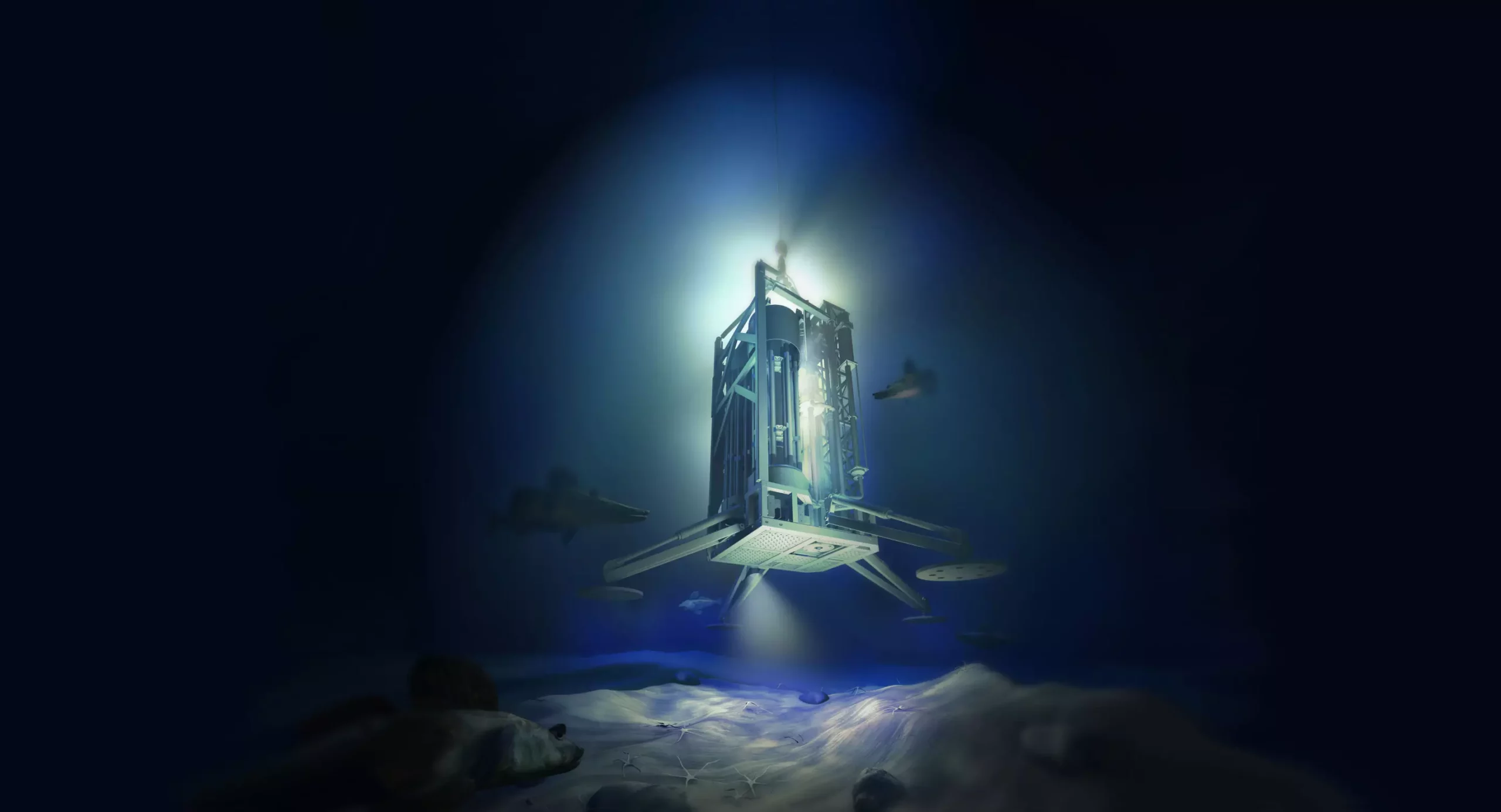The impact of global warming on the Antarctic ice sheets has become increasingly alarming in recent years. The melting of the “eternal” ice in Antarctica is occurring at a faster rate than previously predicted, with West Antarctica experiencing more rapid melting compared to East Antarctica. A recent study led by the Alfred Wegener Institute sheds light on the formation of the Antarctic ice sheet and the chronological progression of glaciation on the continent.
Discovery of Permanent Glaciation
The research conducted by an international team of scientists revealed that the permanent glaciation of Antarctica commenced approximately 34 million years ago. Contrary to earlier assumptions, the ice sheets did not cover the entire continent initially but were confined to East Antarctica. It took at least 7 million years for the ice to advance towards the West Antarctic coast. This discovery underscores the significant differences in the responses of East and West Antarctica to external stimuli, as detailed in the journal Science.
The transition from a greenhouse world to an icehouse world around 34 million years ago marked a pivotal shift in the Earth’s climate dynamics. This transition led to the buildup of the Antarctic ice sheet, reshaping the global climate conditions that persist to this day. The precise timing and locations of ice formation were previously unknown due to limited data and samples, especially from crucial regions like West Antarctica.
Research Collaborations
The study involved researchers from various institutions, including the Alfred Wegener Institute, Helmholtz Centre for Polar and Marine Research, the British Antarctic Survey, and universities in Germany, the UK, Australia, Switzerland, Spain, and the US. This collaborative effort aimed to bridge the knowledge gap regarding the early stages of Antarctic glaciation and understand the regional variations in ice sheet development.
Significance of Drill Core Data
The retrieval of a drill core from the seafloor near the Pine Island and Thwaites glaciers in West Antarctica provided vital insights into the history of Antarctic glaciation. Surprisingly, the initial phase of Antarctic glaciation did not extend to West Antarctica, which remained ice-free during that period. The absence of ice in this region indicated that the first significant glaciation likely commenced in East Antarctica before spreading to other parts of the continent.
Paleoclimate modeling allowed researchers to reconstruct the climatic conditions that favored the formation of permanent ice in Antarctica. The simulations highlighted the critical role of coastal regions in East Antarctic Northern Victoria Land, where conducive conditions led to the rapid expansion of the ice sheet. It took several million years before the ice sheet reached West Antarctica, underscoring the distinct climatic responses of the two regions.
The findings of the study emphasize the vulnerability of West Antarctica to slight temperature increases, with even minor warming triggering ice melt in the region. This susceptibility to external influences underscores the pressing need for comprehensive climate modeling to anticipate and mitigate potential future climate changes. The research provides valuable insights for refining climate models and understanding the complex interactions among ice, ocean, and atmosphere.
The groundbreaking research conducted by the international team sheds light on the origins of the Antarctic ice sheet and the regional variations in glaciation across East and West Antarctica. By integrating geological data, sediment samples, and paleoclimate modeling, the scientists have unveiled critical insights into the Earth’s climate history and the implications for future climate transitions. The study’s findings have significant implications for enhancing our understanding of global climate dynamics and preparing for potential climate challenges in the future.


Leave a Reply